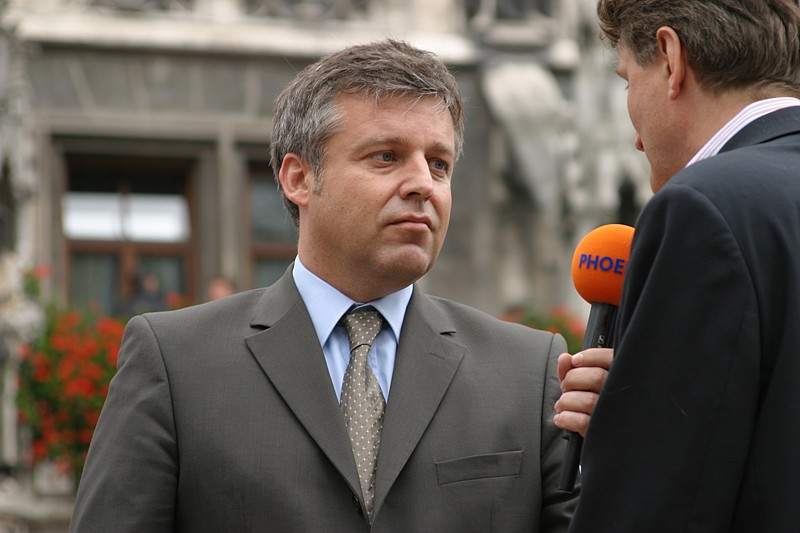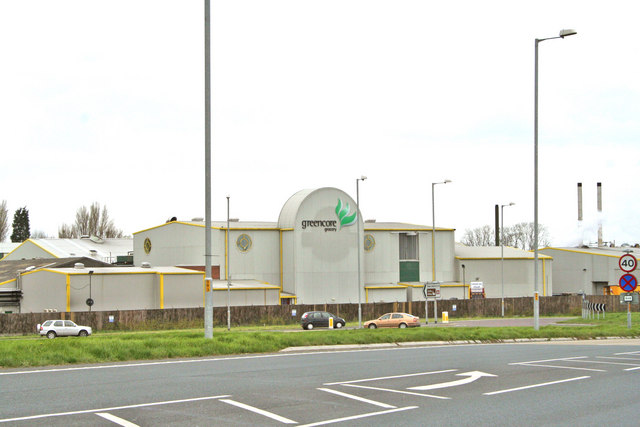
King Charles III opened a new session of Canada's Parliament with a landmark throne speech in Ottawa — the first delivered by a monarch in nearly 50 years. Representing Canada's head
of state, the King outlined the priorities of Prime Minister Mark Carney’s newly elected Liberal government and reaffirmed Canada's sovereignty amid growing tensions with the United States.
Here are the main highlights from the speech:
- A Clear Signal to Trump: Canada Is Sovereign
Although not mentioned by name, former U.S. President Donald Trump loomed large over the address. His recent rhetoric challenging Canada’s independence — including a proposal for the country to become the 51st U.S. state — added weight to King Charles’s words.
The King emphasized Canadian unity and independence, stating, “The Crown has for so long been a symbol of unity... It stands proudly as a symbol of Canada today, in all her richness and dynamism.” He concluded with a patriotic nod to the national anthem: “The True North is indeed strong and free!”
- Seizing Opportunity in an Unstable World
The King acknowledged that the world faces “unprecedented challenges” and shifting alliances. He framed this period as a turning point for Canada — not just one of uncertainty, but of opportunity.
He called for bold action to transform Canada’s economy, likening the current moment to a post-war era of reinvention. The speech outlined plans to deepen trade ties with Europe and reaffirm commitments with the U.S., despite recent frictions.
- Domestic Agenda: Trade, Infrastructure, Indigenous Investment
On the home front, the throne speech highlighted economic reforms, including:
Removing internal trade barriers by July 1, estimated to cost the economy up to C$200 billion annually.
Expanding a federal loan program to support Indigenous ownership in major projects.
Accelerating infrastructure development to stimulate economic growth.
However, opposition leaders criticized the plan’s lack of detail. Conservative leader Pierre Poilievre called it short on specifics, particularly regarding energy initiatives.
- Tackling Housing and Cutting Taxes
Addressing one of the country’s most pressing issues, the Liberals reiterated their campaign promise to double housing construction to 500,000 units per year.
The government also proposed:
Tax cuts for the lower-middle class.
Eliminating the goods and services tax on homes under C$1 million for first-time buyers.
Investing in modular and prefabricated housing.
Reducing development charges for multi-unit buildings.
The speech also addressed rising crime, with promises of tougher penalties for auto theft, home invasions, drug smuggling, and human trafficking.
- Boosting Defence and Arctic Security
With pressure from NATO and the U.S. to meet military spending targets, Canada pledged to reach 2% of GDP in defence spending by 2030.
The speech included commitments to:
Rebuild and reinvest in Canada's military.
Strengthen defence ties with European allies through the Rearm Europe initiative.
Enhance its Arctic security presence.
There was also mention of high-level talks with the U.S. regarding Trump’s proposed “Golden Dome” missile defence system — a plan Canada has yet to endorse publicly.
King Charles's speech marked a significant moment in Canadian political history — reaffirming the nation's sovereignty, setting an ambitious domestic agenda, and signaling Canada's role in a rapidly changing global landscape. Photo by Arnaud Bouissou, Wikimedia commons.






























































